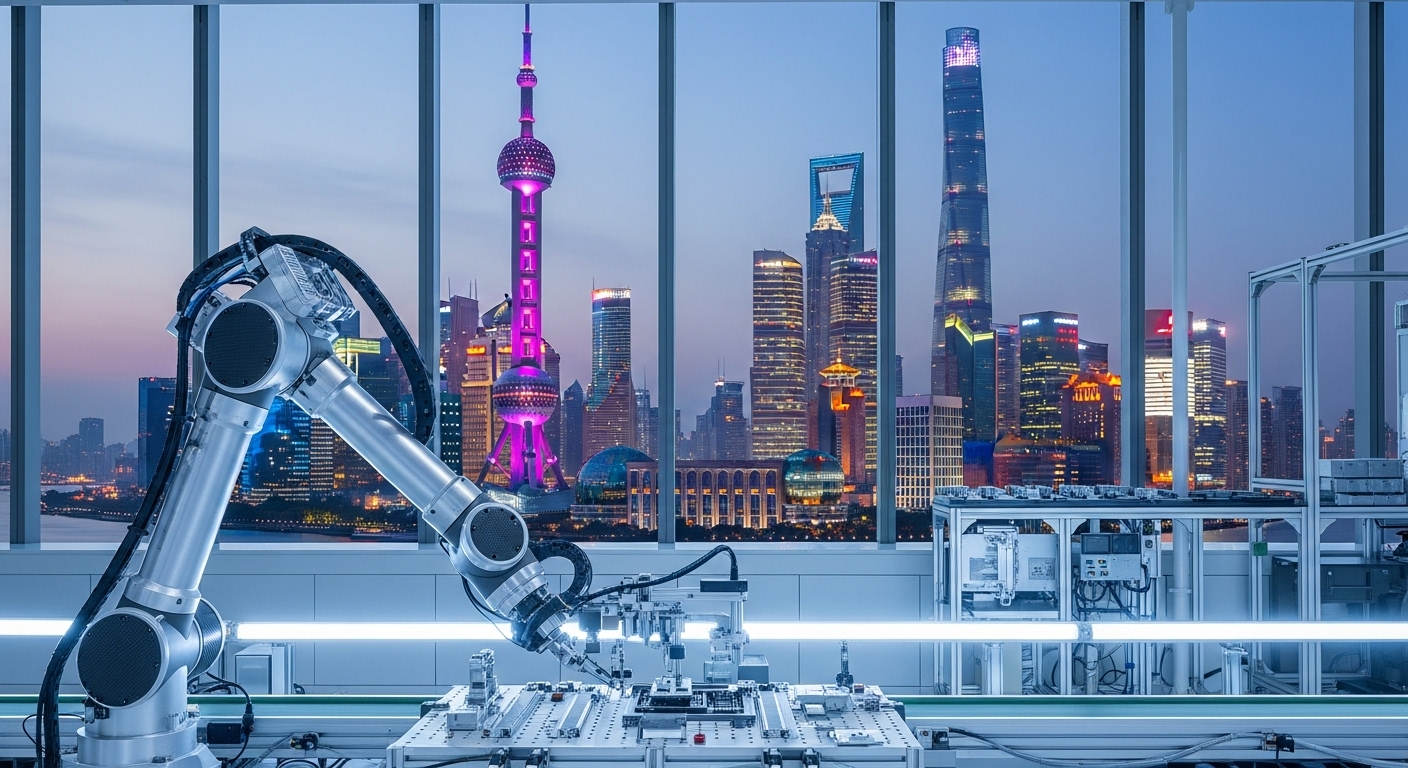In the hyper-competitive, fast-paced business environment of one of the world’s most dynamic megacities, operational efficiency is not just a goal—it’s the critical engine for survival and growth. For businesses, the relentless pressure to innovate, reduce costs, and enhance productivity demands a strategic, multi-faceted approach. Recent trends show a significant shift towards integrated systems where technology, talent, and sustainable practices converge to create a powerful framework for peak performance. This evolution is driven by rising operational costs, a booming e-commerce market, and strong municipal support for high-quality, intelligent manufacturing. The question for leaders is no longer *if* they should optimize, but *how* they can architect a resilient and adaptive operational model. This post explores a four-pillar framework—integrating digital transformation, supply chain mastery, human capital development, and sustainable practices—to achieve and sustain peak operational efficiency.
The digital transformation imperative
The cornerstone of modern operational efficiency is the aggressive adoption of digital technologies. In a city striving to build hundreds of new “smart factories,” the message is clear: automation and data are the new currencies of productivity. Companies are leveraging artificial intelligence (AI), the Internet of Things (IoT), and robotics to overhaul traditional manufacturing and logistics processes. For instance, leading automotive plants report staggering efficiency gains of over 50% and operational cost reductions of 30% after implementing intelligent systems. These are not just marginal improvements; they represent a fundamental reshaping of the production floor. By integrating industrial big data with intelligent equipment, businesses in Shanghai are creating flexible, high-velocity environments where a new car can be produced in just over a minute. This digital-first approach extends beyond manufacturing, with AI-powered logistics hubs automating everything from sorting to shipping, drastically reducing errors and dependency on manual labor in a market with rising labor costs.
Mastering the supply chain nexus
As a global trade and logistics hub, the city’s operational landscape is intrinsically linked to the performance of its supply chains. Efficiency here is about more than just speed; it’s about resilience, transparency, and intelligence. The recent focus on easing logistics bottlenecks through government-coordinated platforms highlights the strategic importance of a fluid supply chain. In the private sector, technology is again the key enabler. E-commerce giants are utilizing sophisticated “logistics brains” and smart packaging technology to optimize every parcel’s journey, saving costs and reducing waste simultaneously. The integration of blockchain, AI, and IoT is becoming standard practice, offering unprecedented real-time visibility and security for goods in transit. This allows businesses to move from a reactive to a predictive model, anticipating disruptions and optimizing inventory levels with greater accuracy, which is a critical advantage in a city at the heart of global commerce.
Investing in human capital and agile processes
While technology provides the tools, a skilled and engaged workforce is what unlocks their full potential. Recognizing this, forward-thinking companies are heavily investing in comprehensive training programs that go beyond technical skills to include leadership, communication, and team performance. This human-centric approach is complemented by the adoption of proven management methodologies like Lean Six Sigma and Total Quality Management (TQM). These frameworks provide a systematic approach to identifying and eliminating waste, fostering a culture of continuous improvement that empowers employees at all levels. By harmonizing a highly skilled workforce with agile, data-informed processes, organizations in Shanghai build a resilient operational core that can adapt to rapid market changes and sustain high levels of performance. This synergy between people and process ensures that technological investments translate into tangible, lasting productivity gains.
The rise of sustainable efficiency
Sustainability has evolved from a corporate social responsibility checkbox to a core pillar of operational strategy. The push towards green buildings and the circular economy is driven by both regulatory encouragement and clear economic benefits. Since 2019, 100% of new civil buildings have implemented green standards, leading to significant long-term savings in energy and water consumption. This principle extends to industrial parks, where on-site solid waste treatment and recycling are becoming priorities. This focus on resource efficiency is not just about environmental stewardship; it’s about creating leaner, more cost-effective operations. By designing waste out of the system and optimizing resource use, businesses reduce their environmental footprint while simultaneously cutting operational costs. This alignment of planet and profit represents the next frontier of efficiency, creating a competitive advantage that is both sustainable and strategic.
Architecting the future of operations
The pursuit of peak operational efficiency is a dynamic, unending journey. The four pillars of digital transformation, supply chain mastery, human capital development, and sustainability provide a robust framework for navigating this complex landscape. For businesses, success lies not in mastering one of these areas, but in integrating them into a cohesive, self-reinforcing system. As technology continues to evolve and market pressures intensify, the ability to build and maintain such a system will be the definitive factor separating the leaders from the laggards. The future belongs to those who can engineer a truly adaptive, intelligent, and resilient operational engine capable of thriving in one of the world’s most demanding business environments.





